We get it. The ADS-B Out mandate doesn’t go into effect for another two years, the upgrades are expensive, and for many owners, the upgrade is something that can wait. We have heard, however, that many owners and operators are putting it off in hopes that prices will drop when, in fact, the opposite is likely to be true.
Many of you may remember when the FAA’s RVSM mandate was put into place in 2005. At crunch time, owners were actually selling their slots in the maintenance shops to other owners in need of the upgrade that were willing to pay a premium for faster service. We even heard of maintenance slots being auctioned off at industry charity events. While that’s good for scholarship funds, it may not be the best plan for your aviation department.
The truth is that the closer to 2020 we get, the more expensive the upgrade will become. There is no better time than now to get your upgrade. We’ve heard from a number of maintenance shops across the country that there are waiting lists to get the upgrade, and they’re only getting longer.
The ADS-B mandate requires that the vast majority of business jets and turboprops get the ADS-B Out upgrade. While planes that were manufactured in the last four to five years likely already have ADS-B Out capabilities, the rest of you might as well get on it now while the prices are at their lowest and the shops are at their slowest. The longer you wait, the more expensive and stressful the process will be.
Who Needs ADS-B Out?
The short answer is everyone who wants to fly above 10,000 feet. The more technical answer is that the FAA has mandated that by January 1st, 2020, all U.S. aircraft operating in airspace that requires a Mode C transponder must be equipped with ADS-B Out capabilities. While Europe has adopted similar specifications, they’ve extended the deadline to June 7, 2020. Airspace that requires a Mode C transponder (in the United States) is as follows:
- Operations within Class A, Class B, and Class C airspace.
- Operations within 30 nautical miles of the primary airport within Class B airspace from the surface to 10,000 feet msl.
- Operations above the ceiling and within the lateral boundaries of Class B and C airspace.
- Operations above 10,000 feet msl in the contiguous 48 states, excluding the airspace at and below 2,500 feet agl.
- The AIM states in Section 4-1-19(a)(3) that for airborne operations in Class G airspace, the transponder should be operating unless otherwise requested by ATC.
If you fly a turbine aircraft, chances are high that you fit into one of the above categories. It is worth mentioning, however, that each governing body has different specifications for ADS-B. Some countries, like Australia, have already implemented an ADS-B mandate, and others, like China, have yet to set a mandate or a deadline. Check with your local aviation authority to find out exactly what modifications you need to meet their specifications.
What You Need
An ADS-B Out transmitter alone will not be sufficient to meet the FAA’s ADS-B requirements as of 2020. Specifications will be different depending on your jurisdiction, but the United States and Europe have opted to enforce a mandate that states, in short, that your aircraft must be equipped with a Version 2 ADS-B Out transmitter and a compatible GPS Position Source if your aircraft will be operating in airspace that requires a Mode C transponder. Depending upon your operations and current equipment, the following options will meet the FAA’s requirements:
- If you’ll be flying in Class A airspace (above FL180) or outside of the United States, a Mode S Extended Squitter (1090 MHz) ADS-B transponder is required.
- If your aircraft already has a WAAS-enabled, ADS-B-approved GPS receiver, and you won’t be flying in Class A airspace or internationally, a Universal Access Transceiver (UAT) transmitting a WAAS signal from your approved GPS will fulfill your ADS-B Out requirement.
- If you won’t be flying in Class A airspace, will only be flying in the United States, and don’t have a WAAS-enabled, ADS-B approved GPS receiver, a UAT with an integrated WAAS GPS receiver will fulfill your ADS-B Out requirement.
The cost of your upgrade depends heavily upon the system installed in the aircraft. For some, it may be as simple as a software upgrade or hardware installation that can cost between $3,500 and $25,000. For others, it can cost up to $350,000 to replace transponders, update system software, and upgrade other necessary hardware. For larger business jets and airliners that require FANS (Future Air Navigation System) products to fly overseas, the upgrades will likely cost upwards of a million dollars.
The reasoning behind the high costs to upgrade transoceanic aircraft that require FANS is the fact that on those aircraft, onboard GPS/NAV systems, Flight Management Systems (FMS), Transponders, Multi-Function Display (MFD), SATCOM, and Cockpit Voice Recorders will all have to be upgraded. Transoceanic aircraft operating with FANS must also account for the cost of in-flight SATCOM data that must be turned on when operating within FANS and CDPLC (Controller Pilot Data Link Communications) airspace.
Downtime for the upgrade will also depend on your avionics system and its manufacturer. If it’s a simple software upgrade, it could be a matter of a few days. If your transponders require an upgrade, you may end up waiting two weeks (right now) for the manufacturer’s hardware upgrade, plus five days or so for the maintenance shop to install the hardware.
For more information on what’s involved with the upgrade, contact your maintenance facility. We also recommend Trego-Dugan’s avionics experts, who can be reached at avionics@trego-dugan.com.
[ulp id=’VABdJLsvmw27IMUj’]
Below are a few key terms associated with the upgrades:
1090ES Transponder
1090 – Transponders transmit on the 1090 MHz frequency
ES – Extended Squitter
Squitter – data burst transmitted by transponders
Short Squitter
56 bits
Contains Mode S code
No interrogation required
Used by TCAS II systems to calculate target position and altitude trend
Extended Squitter
Includes lat/long, altitude, velocity, vertical speed, turn rate, etc.
To be used by ATC for more accurate surveillance
Will be used by aircraft that have ADS-B In capability
– Improved traffic situation awareness for crew
Universal Access Transceiver (UAT)
United States only
Operates on 978 MHz
ADS-B technology for lower-flying aircraft only (<18,000 ft)
An aircraft can transmit via 1090ES or UAT, but not both at the same time
– Allowed to receive both, if desired
ADS-R (Automatic Dependent Surveillance – Rebroadcast)
Re-sending of combined 1090ES and UAT data to aircraft with ADS-B In
TSO (Technical Standard Order)-C166b
FAA publishes a way to validate that a transponder (or any piece of equipment) complies with industry standards
166b defines the standards of the transponder

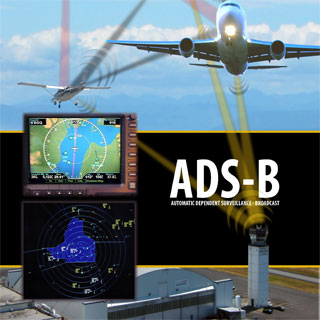
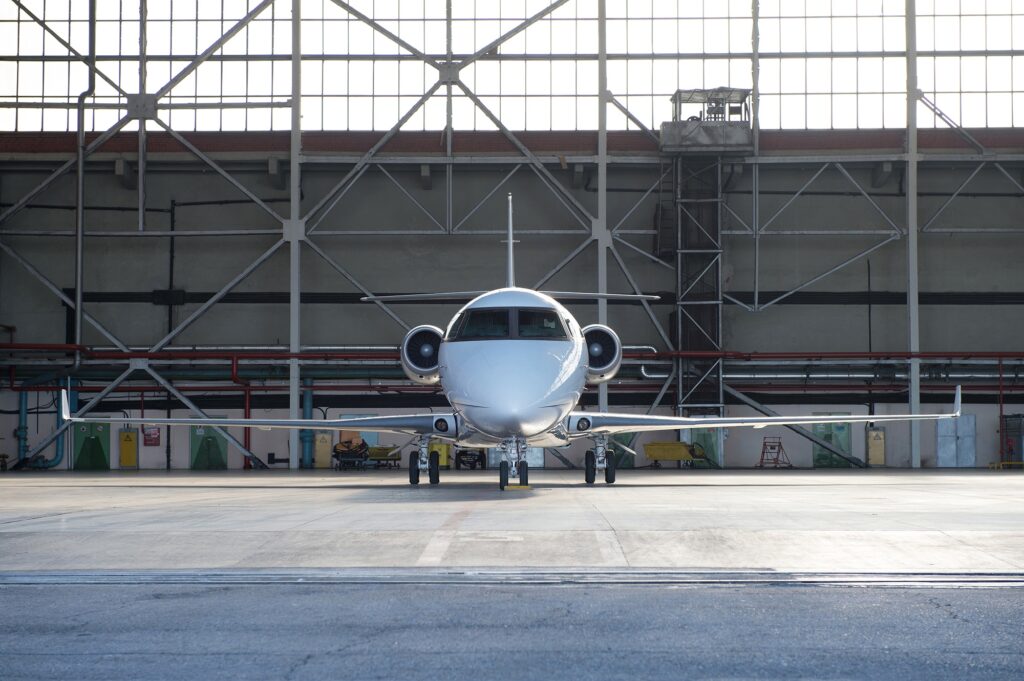
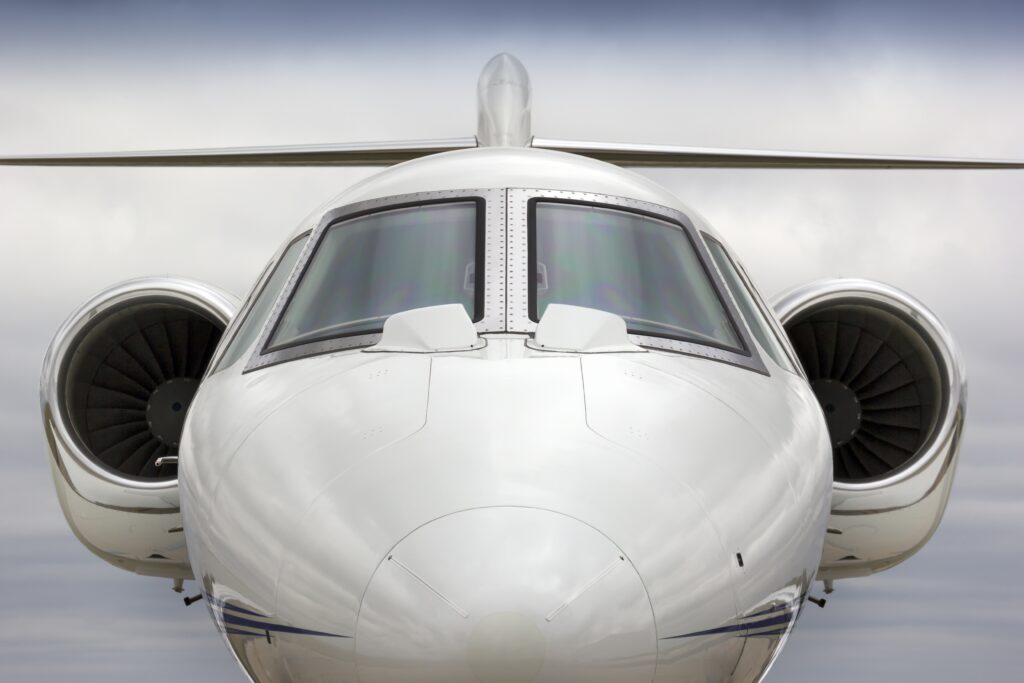
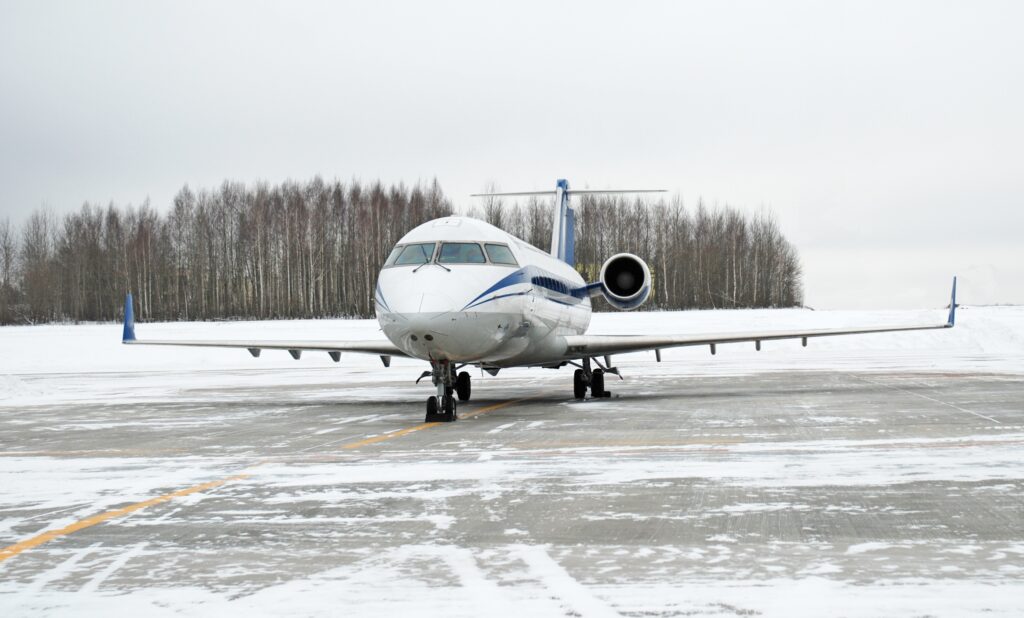
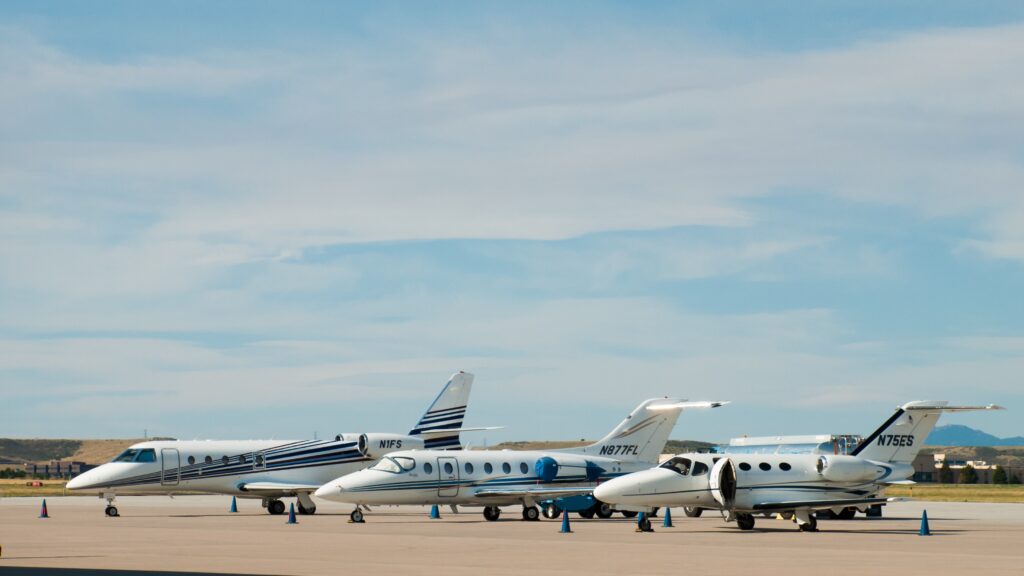
Pingback: 4 Aircraft Upgrades That Are Worth the Cost - Blog